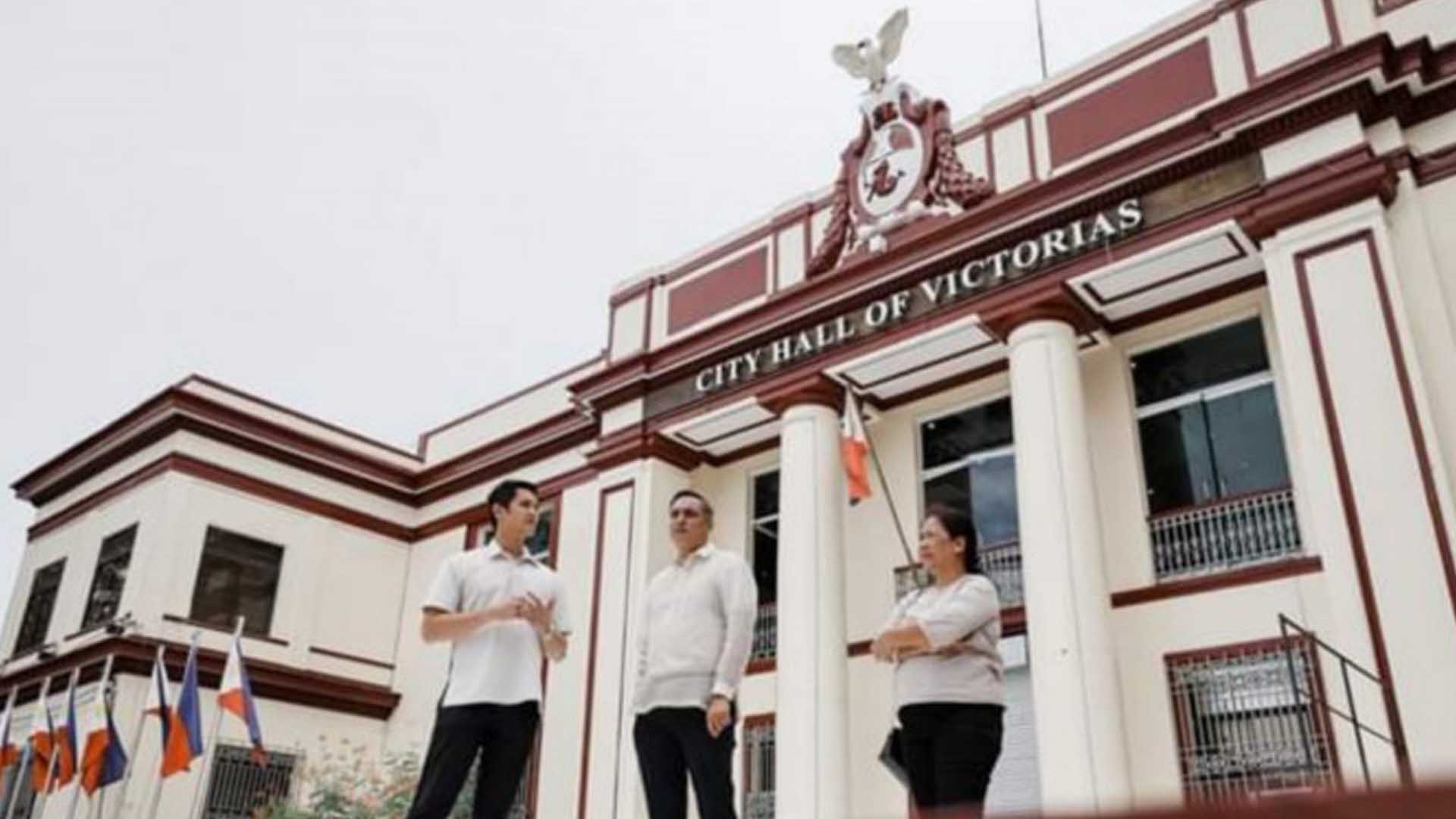The City of Victorias in Negros Occidental has restored the historic “simboryo” or smokestack of a muscovado sugar mill in Barangay VIII as part of the initiatives to preserve its rich local heritage.
Muscovado is unrefined cane sugar with a rich brown color.
On Monday, the city government reported the completion of the clearing operation of the 20-foot smokestack, located in Hacienda Felisa I, previously “engulfed by overgrown vegetation that obscured its architectural beauty and historical value”.
Councilor Dino Acuña, chair of the Committee on Natural Resources, Environmental Protection, and Ecology, said in a statement the local community has long wanted to seek assistance from the authorities to clear the structure built during the Spanish period.
“There is no exact date on when it was established but for sure, it was before the sugar centrals were built,” he added.
Acuña said he brought the matter to the attention of Mayor Javier Miguel Benitez after village chief Jose Murillo posted about the decaying state of the smokestack on the barangay’s Facebook page.
Benitez then initiated a clean-up activity and deployed workers for the clearing operation.
For two days last week, various departments joined hands to conduct the clearing operation, Acuña said.
These included the City Disaster Risk Reduction and Management Office and the City Engineer’s Office, with the assistance of the Northern Negros Electric Cooperative.
The removal of the invasive plants showed the intricate details and grandeur of the structure and also sparked a renewed sense of pride and unity among the residents, the city government said.
“The smokestack is an important heritage and cultural property. It showcases the cultural and historical significance not only to the city but also to Negros Occidental as the sugar capital of the Philippines,” Acuña said.
He noted that before refined and brown sugar were produced, sugarcane plantations produced muscovado sugar, which they transported to Panay Island for export to other countries.
“The smokestack continued to operate until sugar centrals were built in the province to produce centrifugal sugar such as refined sugar produced by Victorias Milling Company built in 1919,” Acuña said. (PNA)





















